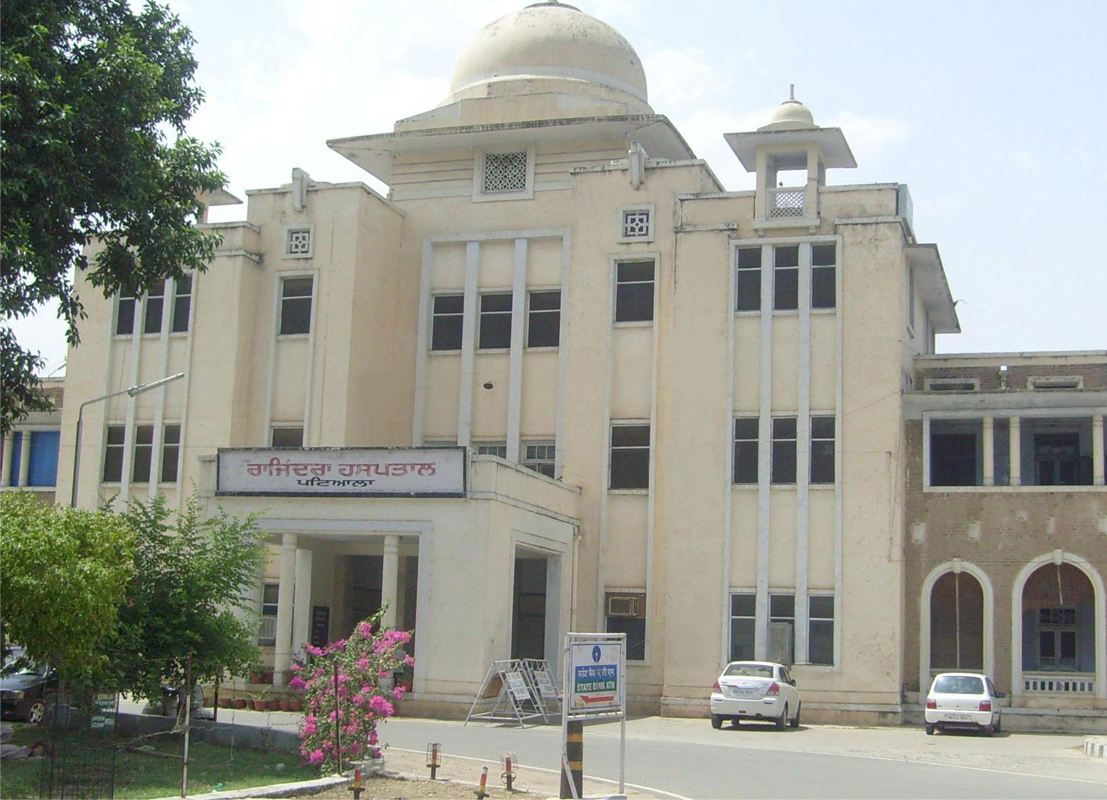Anesthesia
Introduction
Your radiologist is a medical doctor who specializes in diagnosing and treating disease and injury, using medical imaging techniques such as x-rays, computed tomography (CT), magnetic resonance imaging (MRI), nuclear medicine, positron emission tomography (PET), fusion imaging, and ultrasound. Because some of these imaging techniques involve the use of radiation, and require training to understand radiation safety and protection.
Your radiologist has graduated from an accredited medical school, passed a licensing examination, and completed a residency of at least four years of unique postgraduate medical education in, among other topics:
Radiation safety/protection
Radiation effects on the human body
Appropriate performance and interpretation of quality radiologic and medical imaging examinations
The majority of radiologists also complete a fellowship — one to two additional years of specialized training in a particular subspecialty of radiology, such as breast imaging, cardiovascular radiology or nuclear medicine.

